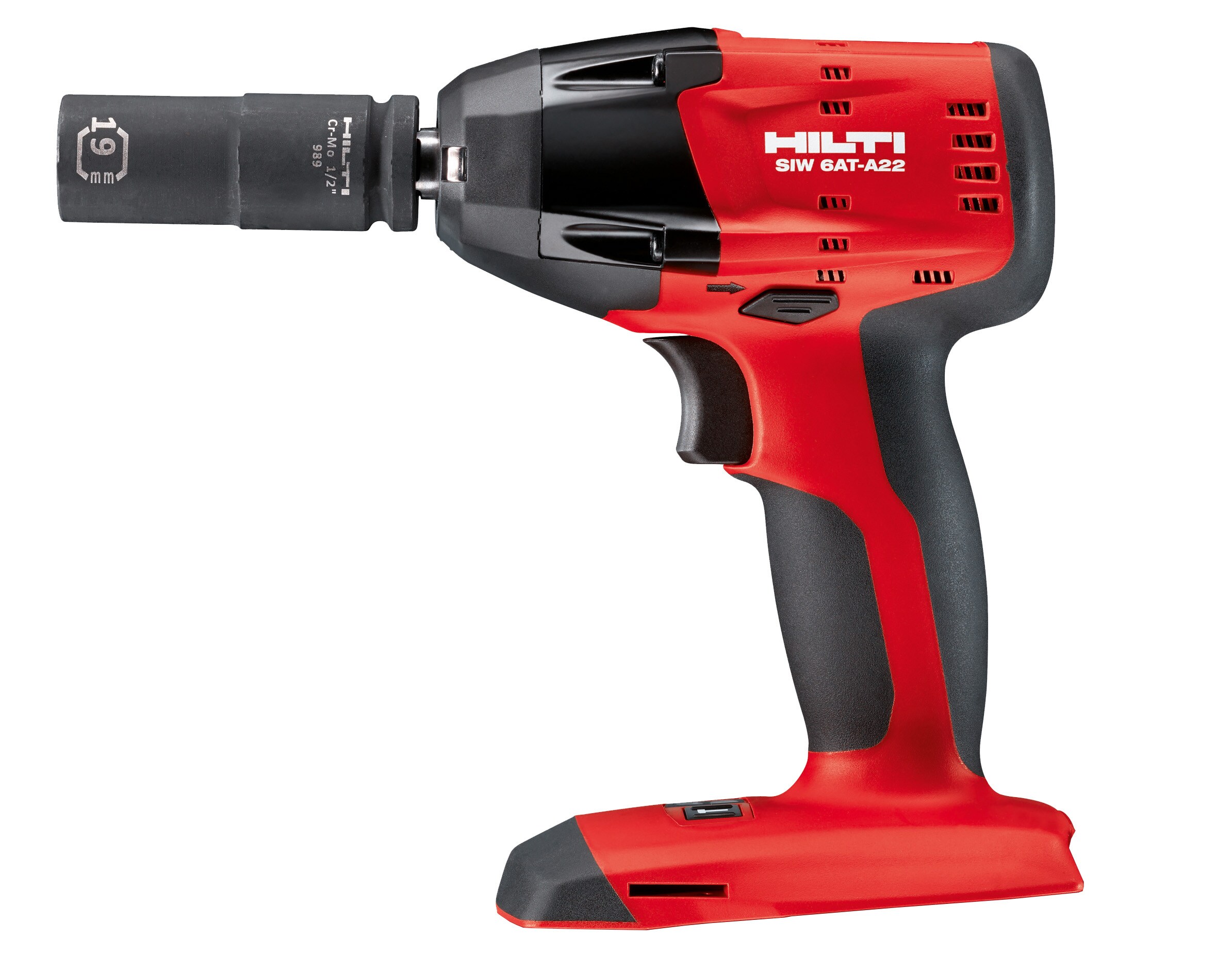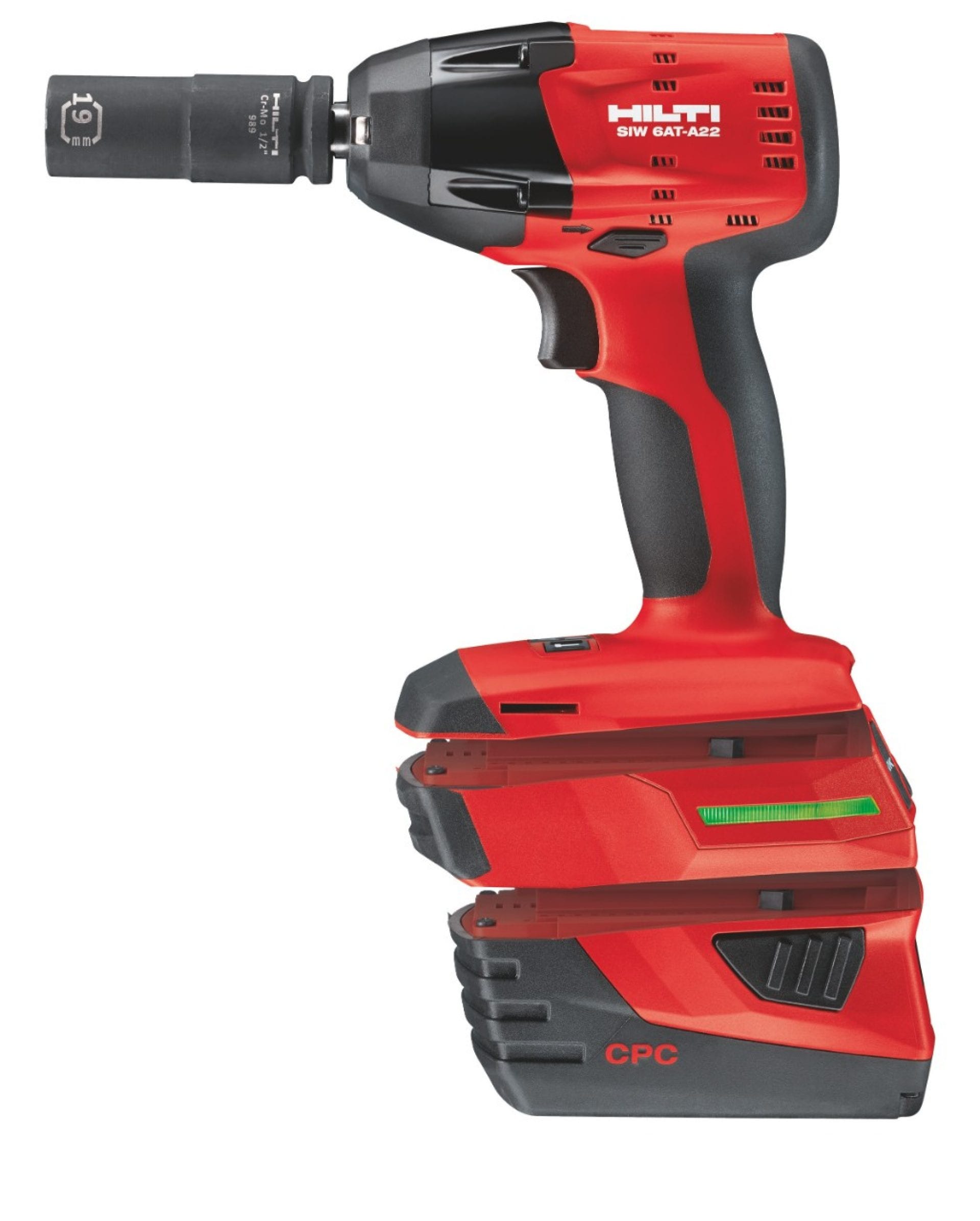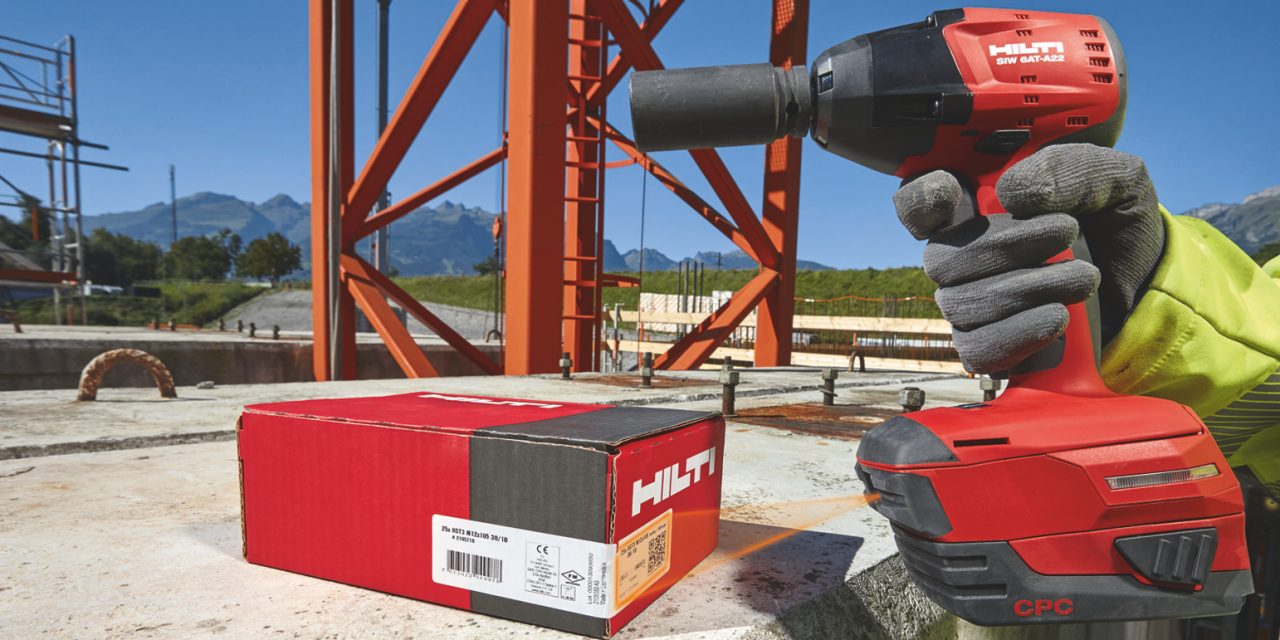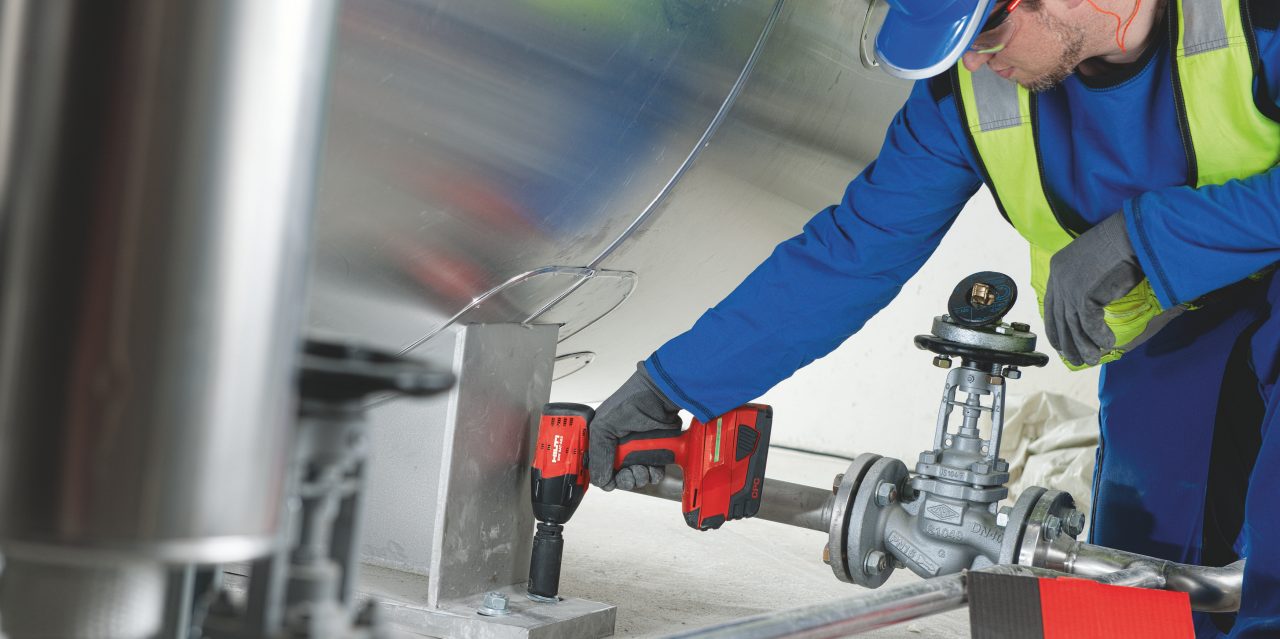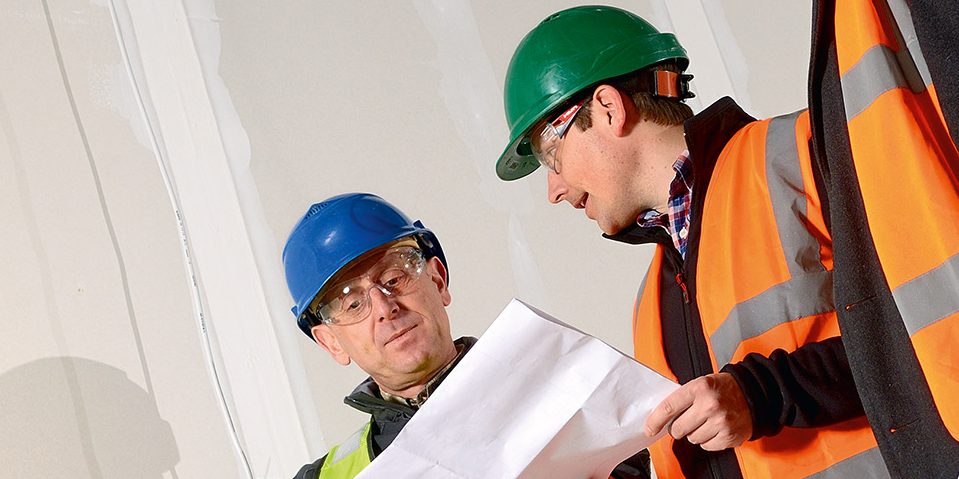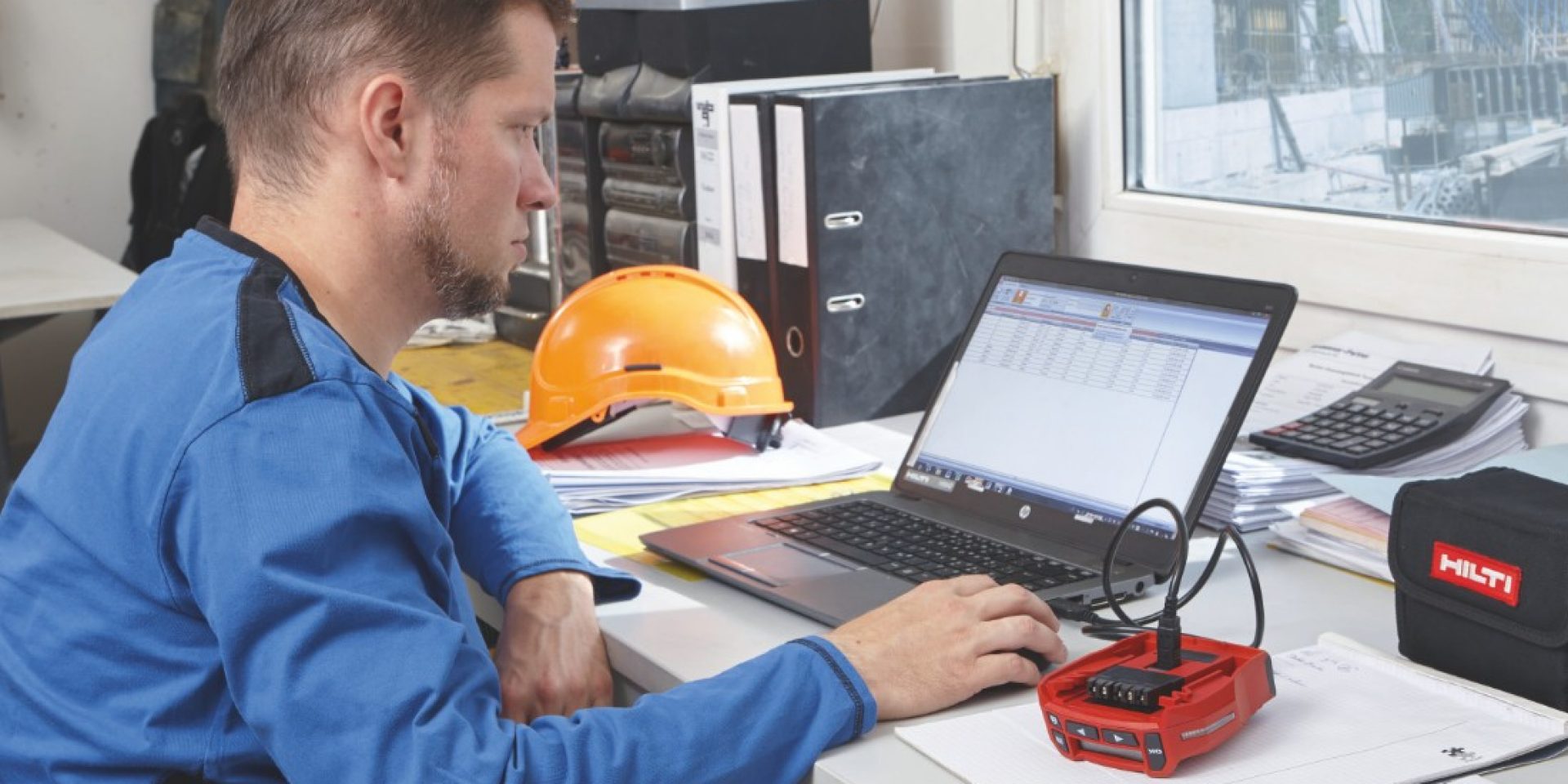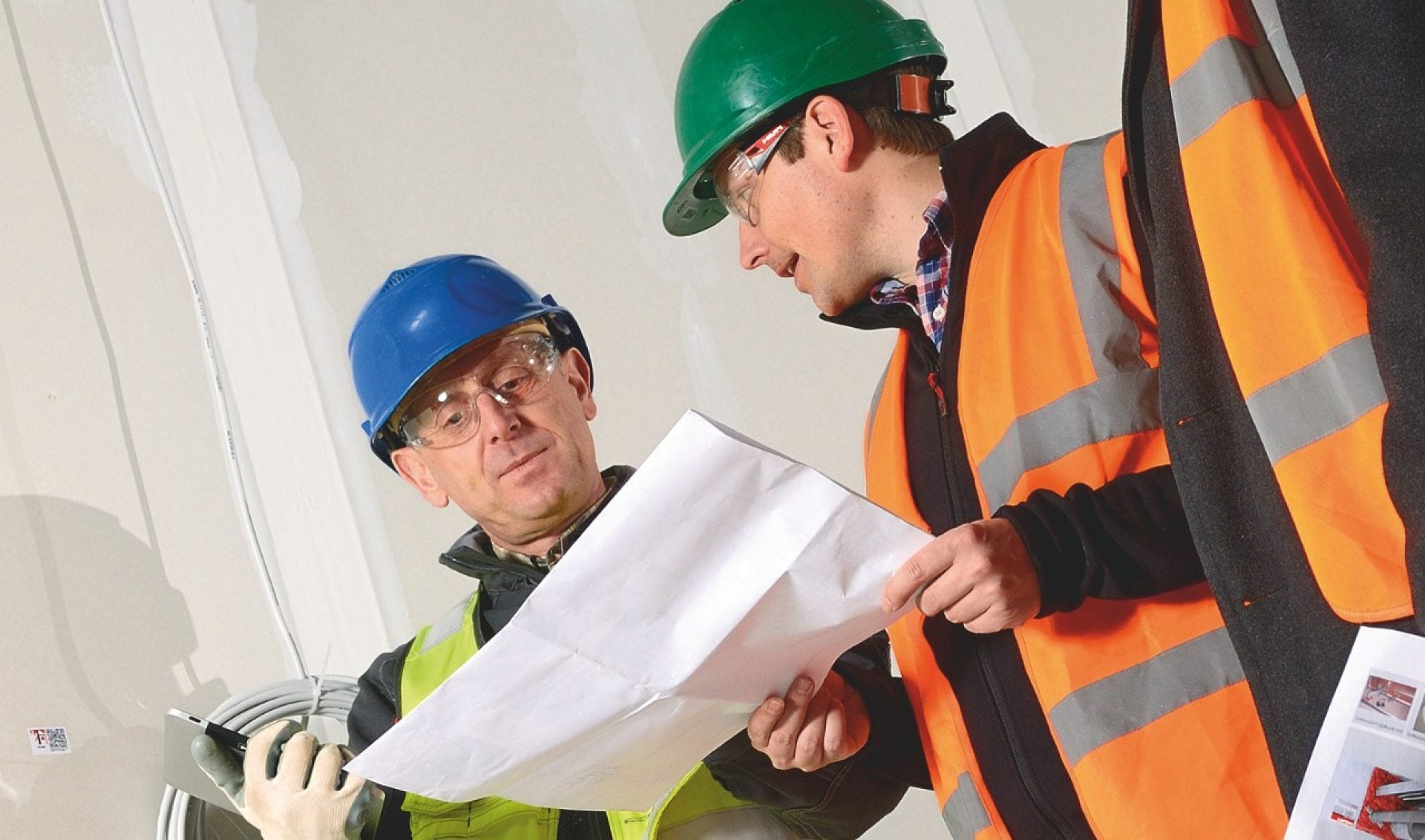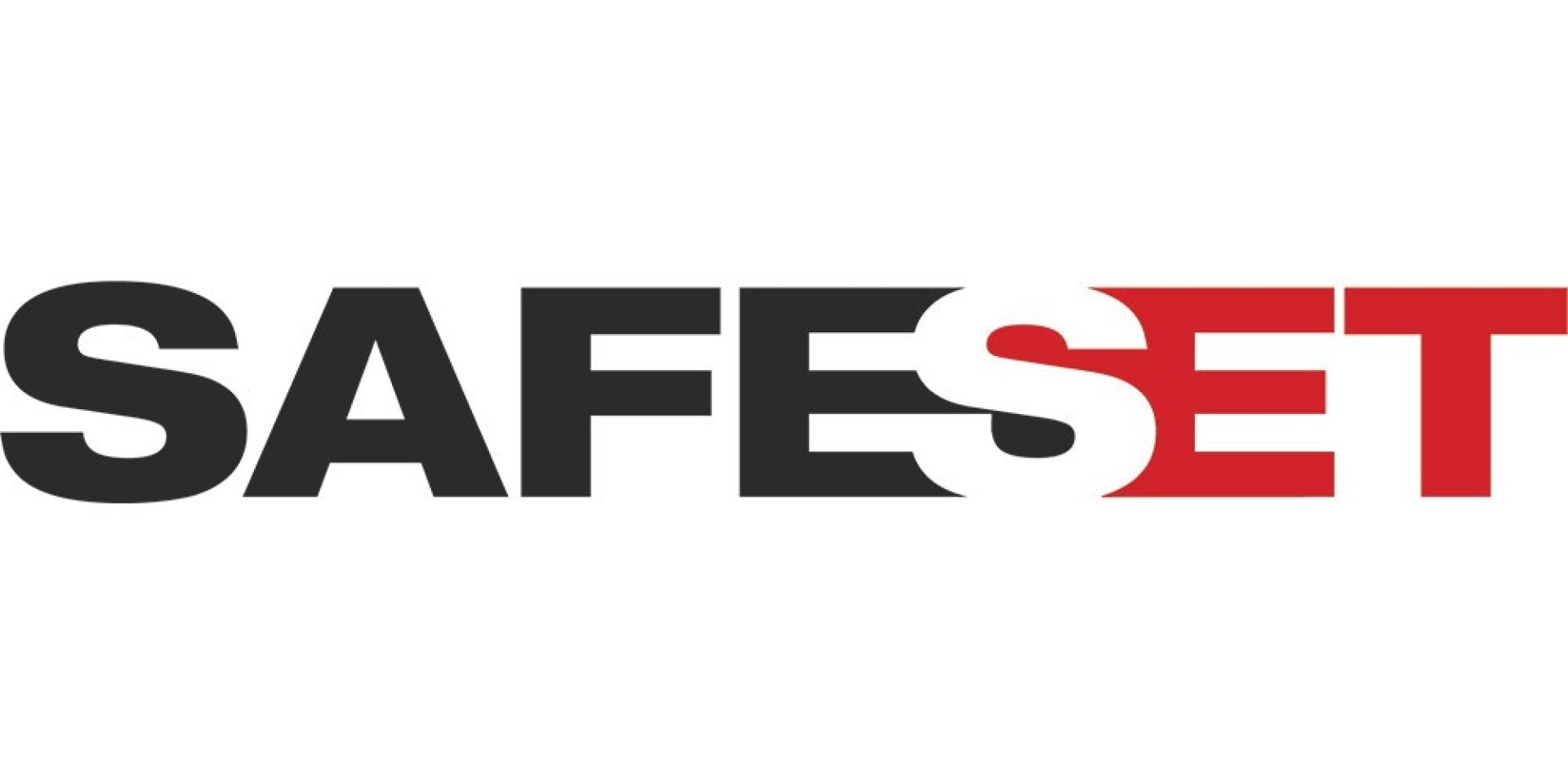ENSURE YOUR DESIGN IS IMPLEMENTED ON SITE
Specifying Hilti’s stud anchors along with our intelligent, impact wrench means installed as designed
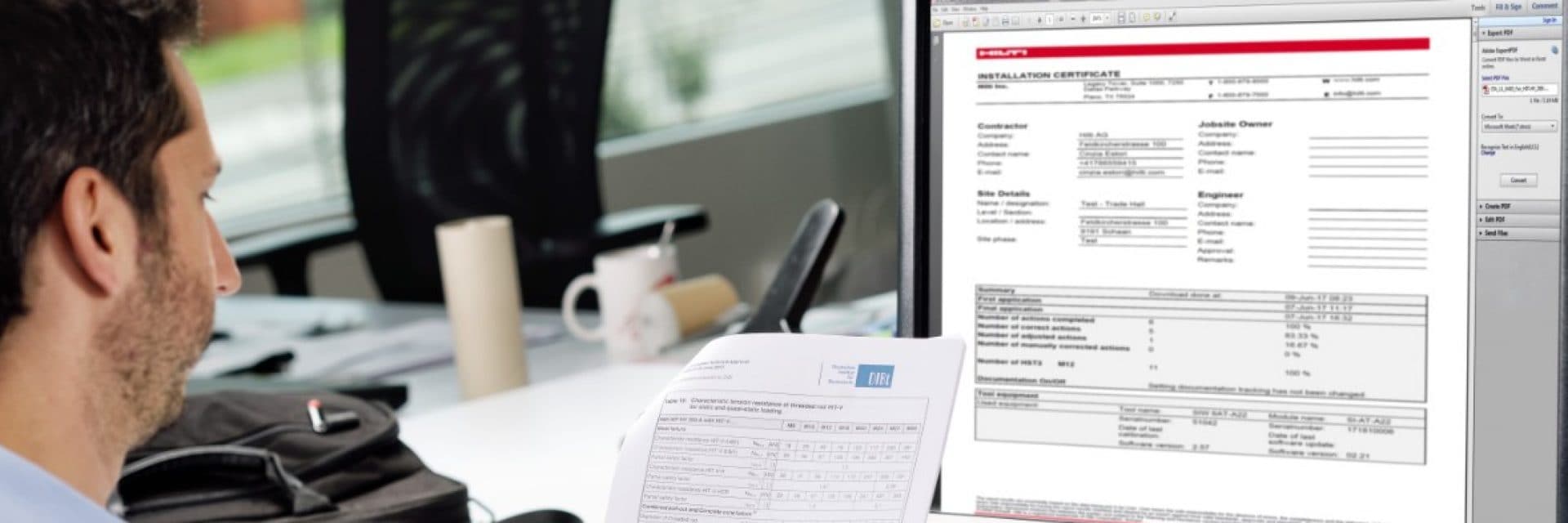
Torque: hard to see; easy to neglect. When it comes to anchoring in concrete, applying the right torque is critically important. In other words, if an anchor is not set with the specified torque, it is only a matter of time before defects appear. The American Construction Inspector Association (ACIA) ranks over-and under-torqued anchors as the number-two reason for failed jobsite inspections.
There are many reasons for why the specified torque would not be reached in reality. One of them being speed: with scheduling pressure increasing, finding the time to carefully set and check every single anchor is practically impossible. On top of that, experienced jobsite professionals are not always on site.
*Currently designed for select sizes of Hilti HST3 & HST2 anchors only. Contact Hilti for details.
Why right torque is important for anchor performance?

quick links
Share this content

